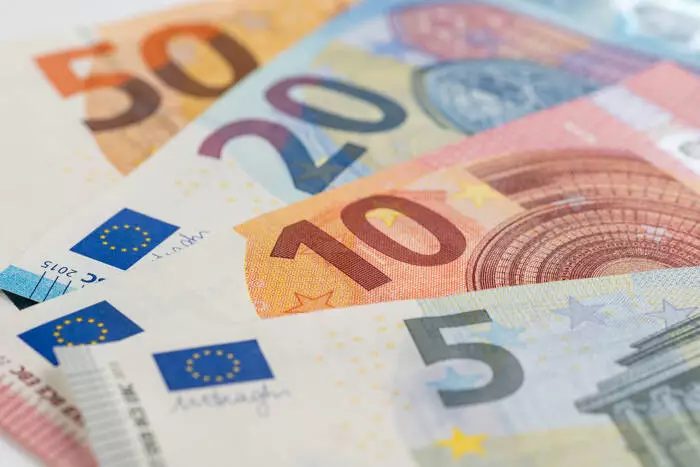The eurozone has been struggling with economic performance over the past few years, but the recent quarterly GDP growth of 0.3% is a positive sign that the bloc is not in a technical recession. However, there are concerns that if a recession does occur later this year, it would likely be minimal and impact specific countries like the Baltic states more significantly.
Many experts anticipate that the European Central Bank (ECB) will make two more cuts in the second half of 2024. However, the timing of these cuts is uncertain. It is unlikely that both cuts will happen in succession, with a more probable scenario being one in September and another in December. The ECB is also cautious about committing to more cuts before evaluating upcoming economic data.
Based on projections from the ECB’s last meeting, it is unlikely that inflation will reach the target of 2% until the first half of 2026. Therefore, it would be wise for the ECB to wait and assess future data before taking further action. This cautious approach is essential to ensure that any policy decisions are well-informed and effective.
Overall sentiment in the eurozone, as well as in Germany specifically, worsened slightly in May. However, eurozone-wide consumer sentiment showed some improvement compared to the previous month. Despite this, sentiment remains generally lower, indicating ongoing economic challenges within the region.
Politics continue to play a significant role in shaping the economic landscape of the eurozone. The upcoming legislative elections in France on June 30 and July 7 could have a substantial impact on the euro. While the right-wing National Rally is currently expected to win the most votes, polling dynamics can change rapidly before an election, leading to unexpected outcomes. A weaker-than-expected performance by the National Rally could result in gains for the euro.
The eurozone faces a complex economic environment with various challenges and uncertainties. While the recent GDP growth and consumer sentiment are positive indicators, ongoing political developments and inflation concerns require careful monitoring and prudent policy decisions to ensure sustainable economic progress in the region.

